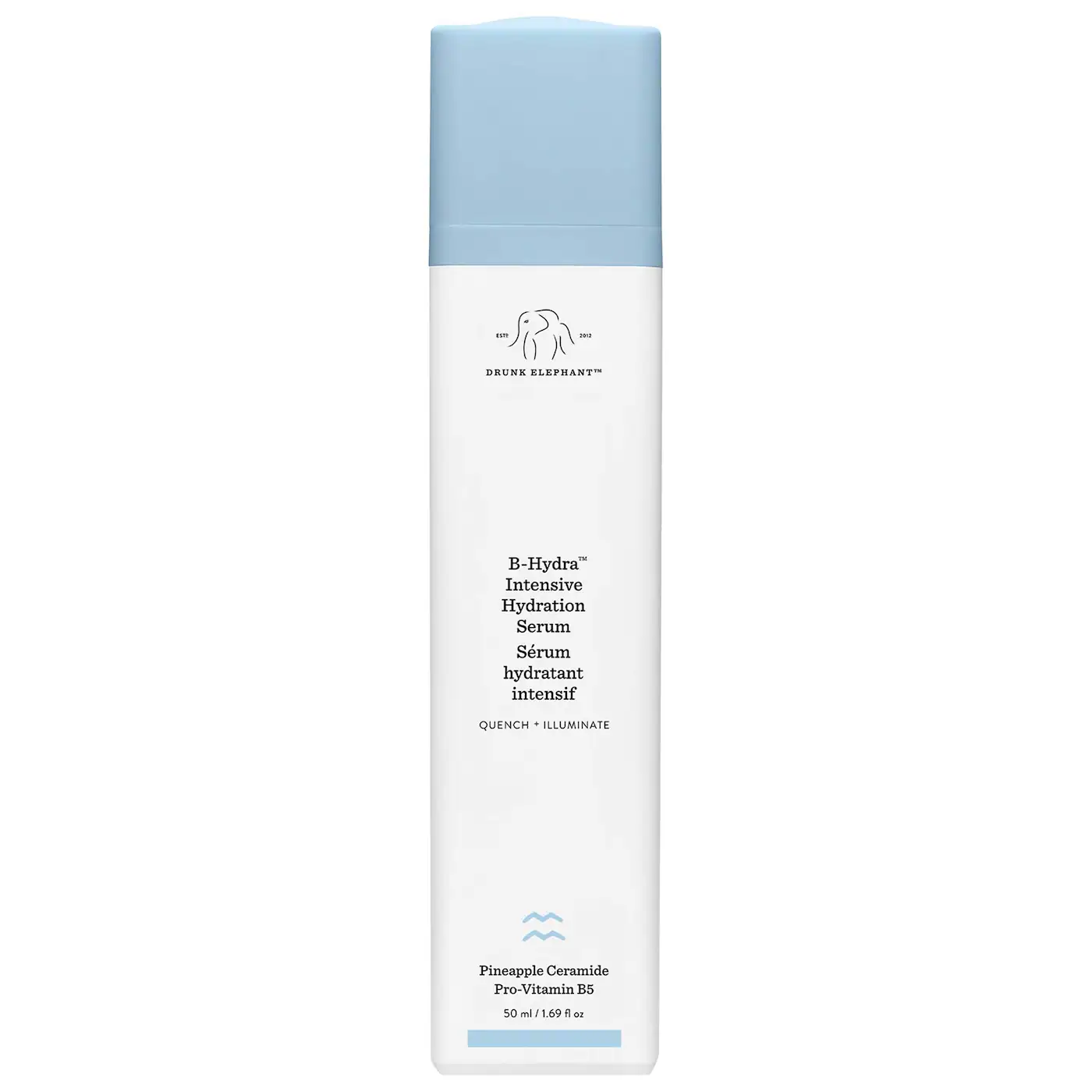You’re living your best beauty life, slathering your retinol to keep your skin plump, your benzoyl peroxide as breakouts pop up, your essential oil-spiked serums, and your fave SPF. Then, you pee on the stick, see two lines, and everything changes—including your skin-care regimen.
While there are established rules to follow during pregnancy for what you can and can’t use for your skin, we talk less about how to incorporate the active skin-care ingredients that you stop using back into your routine after the baby is here and you stop breastfeeding (if that’s something you decide to do). Add on top of that many in-office skin-care treatments like Botox, lasers, and facials that you nixed during pregnancy. Plus, the fact that your whole body has undergone, ya know, a life-changing event, and it can feel like you need a roadmap to get your skin-care regimen to the place it was pre-baby.
Given this, we talked to two top derms to help define the rules for postpartum skin care so you can know what to expect.
1. Know the facts about pregnancy skin care
“Excluding a few, like retinoids and hydroquinone, for example, most actives are actually quite safe in pregnancy,” says Rachel Westbay, MD, FAAD, a board-certified dermatologist at Marmur Medical in New York City. “I often tell my patients who are pregnant or planning a pregnancy that the list of ingredients you can safely use is actually much longer than the list of those you need to avoid.”
For starters, retinol, chemical sunscreens, and hydroquinone are off the table, and according to most professionals, Botox and lasers are, too. Aside from those, Dr. Westbay says everything else is a matter of the concentration of the ingredient in question in the product:
- Salicylic acid: Look for concentrations under two percent (like most found over the counter).
- Benzoyl peroxide: Over-the-counter concentrations of benzoyl peroxide are safe to use, “though higher concentrations are more likely to be irritating, particularly in light of the dryness many pregnancy and postpartum women are prone to,” she says.
- Mandelic, lactic and azelaic acid: Yes, safe. Go off.
- Glycolic acid: Look for low concentrations under 10 percent.
- Niacinamide: “Although no studies have been performed on pregnant women applying topical niacinamide, the limited amount of systemic absorption, paired with its relative safety even when taken orally in recommended daily allowance during pregnancy, renders it an ingredient generally considered safe,” she says.
- Sulfur: “A useful anti-inflammatory and antimicrobial ingredient in managing acne and rosacea, from washes to creams and spot treatments, are also considered safe in pregnancy,” she says.
2. Expect your skin to change
While you may have products saved on your top shelf from pre-pregnancy to address skin issues, they might not be what your skin needs postpartum (and PSA: they’re probably not still good).
“It certainly makes sense to keep a postpartum skin-care routine as simple as possible,” says ” says Hadley King, MD, a New York City dermatologist. “Focus on non-negotiables like physical sunscreen and moisturizers that contain humectants, emollients, and occlusives.”
Dr. Westbay says that hormonal fluctuations—a drop in progesterone and estrogen—are responsible for a good amount of changes to the skin, including melasma, hyperpigmentation, and acne. Couple that with increased water demands on the body due to breastfeeding, which can change the texture of skin and cause dryness. “Low levels of estrogen during the postpartum and breastfeeding period affect the production of hyaluronic acid, collagen, and elastin in the body,” she says. “Furthermore, these also contribute to transepidermal water loss, which leads to dehydration, flaky and dry skin.”
To address this, Dr. King suggests “focusing on humectants such as hyaluronic acid and polyglutamic acid to hydrate the skin, emollients like ceramides and squalane to support the skin barrier, and occlusives like petrolatum and beeswax to lock in moisture.”
3. Introduce potential irritators back s-l-o-w-l-y
When you decide that you want to start using harsher ingredients again, both doctors say to do so cautiously.
“Any time you are reintroducing retinoids or chemical exfoliants into your routine after taking a break, it’s best to proceed gradually,” says Dr. King. “I recommend starting with a small amount a couple of nights per week and increasing gradually as tolerated. Be sure to include plenty of ingredients that moisturize and support the skin barrier in order to decrease irritation as much as possible.”
As for how long post-pregnancy to begin? Dr. Westbay says that for retinol and hydroquinone, you should wait six to eight weeks. “This is because, during pregnancy, the body experiences hormonal changes that can cause the skin to become more sensitive, and using retinol [or hydroquinone] products too soon after giving birth can further irritate the skin,” she explains.
In the case of chemical SPFs, Dr. Westbay says that you can begin using them right after you give birth, but you may want to hold off until after you finish breastfeeding. “Since ingredients in chemical sunscreens have not yet been found to be 100 percent safe for babies, and there exists evidence that they may have effects on the endocrine system, your best bet is to continue using physical sunscreens while breastfeeding,” she says.
4. Go in for treatments as you wish
According to Dr. King, you can begin going back into the derm’s office for treatments when you finish breastfeeding. Some dermatologists say fillers are fine to continue during pregnancy, but if you abstained during pregnancy, you’re good to begin treatments as you wish once you’re done breastfeeding. Your dermatologist can help you devise a treatment plan based on your needs and wishes for different in-office technologies.
5. Steal Dr. Westbay’s favorite products postpartum
Want expert-approved picks? Here, Dr. Westbay shares her favorite products for hydration and hyperpigmentation, and reveals their benefits in her own words.
(image)
This ultra-hydrating serum uses sodium-hyaluronate, a version of hyaluronic acid that penetrates the skin well to deliver hydration. It also contains a unique blend of lentil-apple and watermelon complex, which helps diminish drabness, dryness, and the appearance of fine lines.
Recommended Story For You :

The alpine secret for healthy weight loss

The Most Potent Fast-Acting Formula For Incinerating Stubborn Fat

Real Cortexi Users Real Life‑Changing Results

This Cold Drink Might Trigger Your Prostate

Red Boost is a powerful new formula for boosting male sexual health.

Everything you eat or drink eventually reaches your liver for processing.

Brand New Probiotics Specially Designed For The Health Of Your Teeth And Gums

Empowering You to Take Control of Your Blood Sugar Health!

Scientists Finally Discover the Root Cause of Belly Fat and Unexplained Weight Gain





